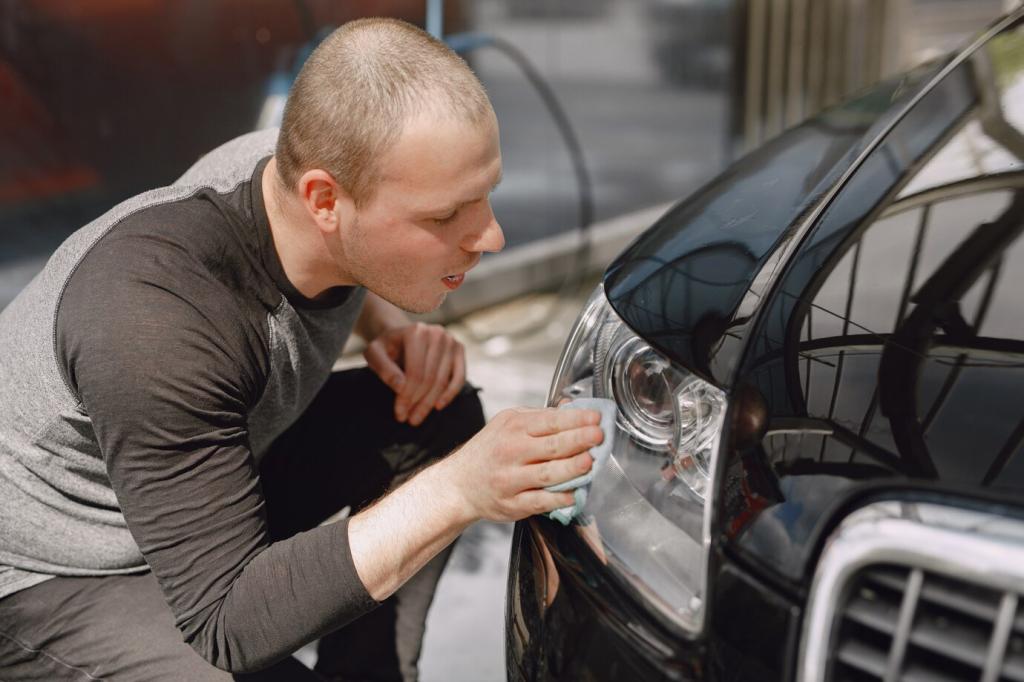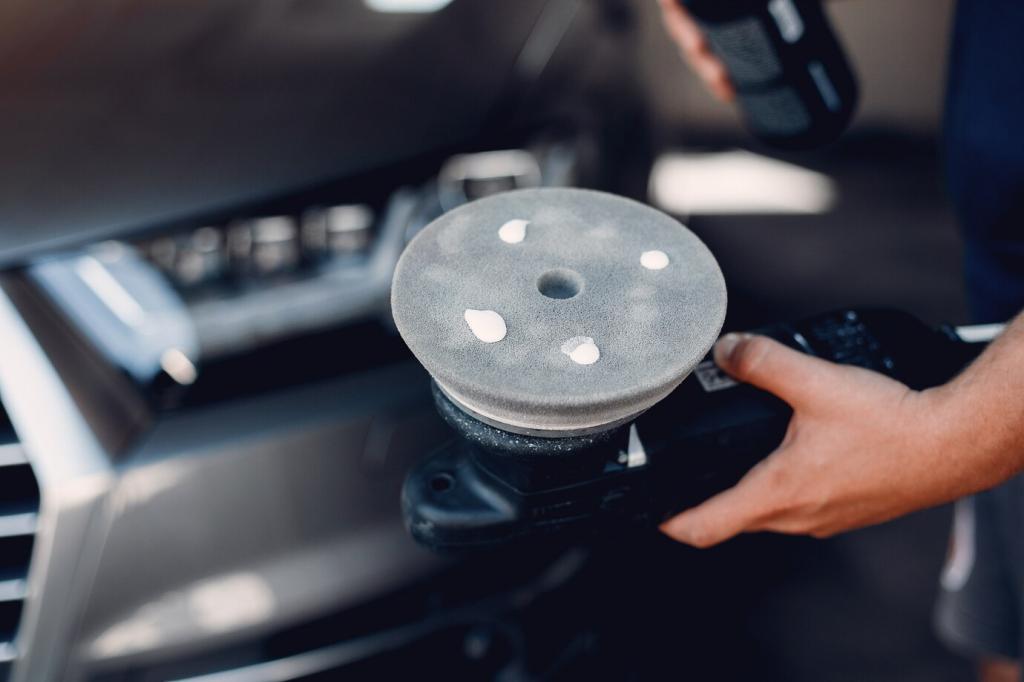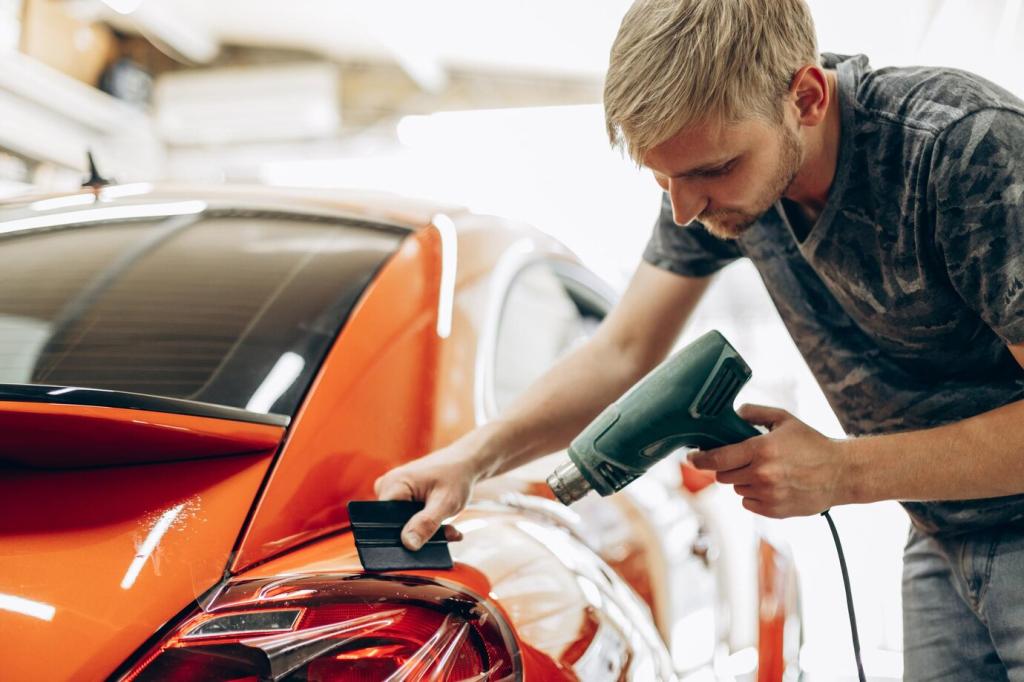The Rise of Waterless Washing: Clean Without the Drain
Why Waterless, Why Now

Water scarcity is not abstract; it is a lived experience in growing regions worldwide. Waterless washing helps households and businesses reduce demand in meaningful increments, especially when repeated daily across garments, surfaces, and personal care routines.
How Waterless Technologies Actually Work
Enzyme blends break specific soils—proteins, starches, or fats—so residues lift with gentle agitation and wiping, not soaking. Low-residue surfactants encapsulate grime, allowing fabric-safe removal while leaving fibers smoother and less prone to rapid re-soiling afterward.
Environmental Math That Matters
Liters saved per cycle become thousands per year
Replacing even two weekly laundry cycles with waterless refresh routines saves substantial water annually. Multiply by apartment buildings, campuses, or offices, and the footprint shrinks across neighborhoods, easing strain on aging infrastructure and drought-stressed watersheds alike.
Energy cuts ride along with less heating and drying
Less washing often means less drying, which is typically energy-intensive. Waterless cleaning sidesteps heated cycles, reducing emissions upstream. If you track household kilowatt-hours, try noting before-and-after changes and share your charts to inspire others thoughtfully.
Fabric longevity lowers hidden environmental costs
Every avoided wash also avoids friction and fading. Longer garment life reduces the environmental burden of replacement, from fiber cultivation to dyeing and shipping. Your favorite shirt lasting two extra years is a quiet climate and wallet victory.

A camper’s week without a tap
Maya’s three-day hike became seven after trails closed. No-rinse body wash, biodegradable wipes, and a compact garment-refresh spray kept morale high. She reported feeling unexpectedly comfortable, reserving precious water solely for drinking and essential cooking tasks.

Small apartment, big savings
Ethan replaced weekday laundry with spot-cleaning, brushing, and odor-neutralizing sprays for most office wear. His annual water bill dipped, white shirts stayed brighter, and he reclaimed Sunday afternoons for reading, not waiting for machines to finally finish cycles.
Getting Started at Home
Audit your wardrobe and habits first
List items that rarely get visibly dirty—blazers, sweaters, denim—and test waterless refresh between wears. Separate true soils from simple odors, and decide which garments earn full laundry versus a quick, targeted clean with gentle tools.
Build a simple, effective waterless kit
Include a soft fabric brush, lint remover, enzyme-based refresh spray, breathable hangers, and a ventilated drying rack. Add baking soda for odor hotspots and a clean microfiber cloth for careful dabbing, lifting marks without soaking or spreading stains.
Refresh, air, and rotate
After wear, brush, mist, and hang garments in airflow. Rotate pieces to extend freshness without fatigue. Keep notes for two weeks, then share what worked best for you—materials, schedules, and settings—so others can learn from your real experience.

Myth: waterless washing means lowering hygiene standards
Good waterless routines focus on soils and odor sources, not masking scents. Precision chemistry and airflow do real cleaning work. For sweat-heavy items, combine targeted cleaning with scheduled traditional washes to maintain hygiene without excessive water use.

Safety first: skin, fabrics, and indoor air
Patch-test sprays, avoid heavy fragrances if sensitive, and prefer low-residue formulas. Ventilate during use, and read fiber care labels. Responsible product choice protects both people and garments while keeping indoor air calm and comfortable during frequent refresh cycles.

Know the limits and choose well
Grease-saturated kitchen wear, infectious contamination, or deep mud still require traditional washing or professional care. Waterless is a smart complement, not a universal replacement. Share edge cases you encounter so we can crowdsource sensible, practical guidelines together.
What Comes Next—and How You Can Help
Expect clearer claims about odor removal, residue safety, and fabric wear. Independent labs and transparent protocols matter. Tell us which certifications you trust, and we will compile a guide to help readers navigate purchases with confidence and calm.

